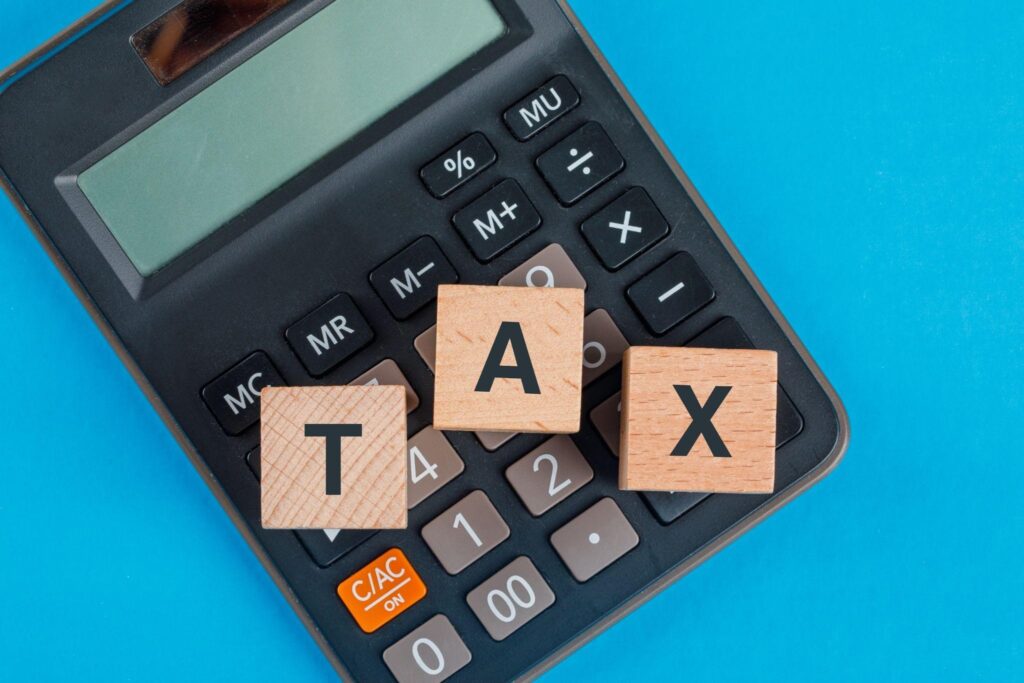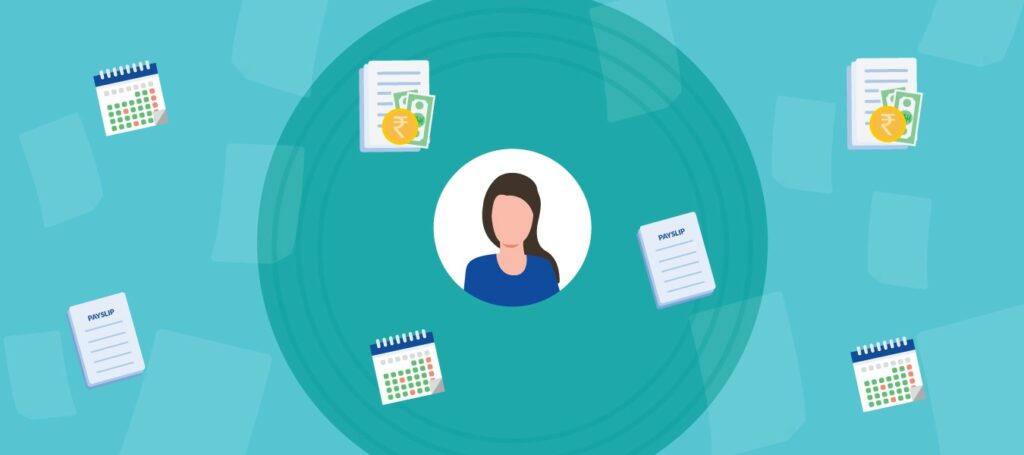What is a payroll software and all you need to know about it!
Payroll Software is the future of payroll processing, but do you know enough about it?

We’re sure you would’ve heard about payroll at least once, but have you ever wondered what exactly is a payroll software, what are its benefits and how does it work? Keep on reading to know all you need to know about payroll.
What is payroll software?
Simply put, Payroll is the process of paying salary to a company’s employees. A Payroll software automates the process of calculation and salary disbursement. Different departments like HR and Finance need to come together to calculate payroll the traditional way. But with payroll software, the processes are automated and hence the manager can focus on productive tasks.
Features and Benefits of Payroll
Besides the obvious features like processing the payroll and calculation of salaries of the employees, a payroll software offers many more features. Here are some essential features of a payroll software:
- Loan Management

Different types of loans given to employees can be managed through a payroll software. Interest calculation and EMI calculation are also automated. One can get month-wise breakup reports and installment deduction reports. Perks calculations are also automated with payroll software.
- Income Tax Management

We all wish income tax calculation and management was as simple as it sounds. But in reality, calculation is a hassle. But you do not need to worry, payroll makes calculation and management of income tax easier. It calculates past emoluments and stores projected investment declared by the employee. TDS for the current month is automatically transferred/deducted from the employees’ salaries.
- Reimbursement Management
Reimbursement is the amount that the employee will get only after they have spent it. A payroll management software has many pre-defined reimbursement types like medical, travel, fuel, etc. Users can set limits with fixed or monthly incremental valves. It also generates detailed ledgers on payment history & voucher submission while being directly integrated with the tax module.
- Report Writer
The Report Writer Tool helps you design and write various MIS reports as well as statutory reports like reports on promotions, transfer, increment, gratuity, PF and much more.
- Leave Management (Integration with Attendance)

The Leave Manager helps the user manage different types of leaves and automatically generates leave history reports which includes leaves lapsed and balanced leaves. The user can set up monthly and annual leave eligibility.
The following are some benefits that implementation of a payroll software provides to an organization:
- Reduction of costly human errors
- Saving calculation time
- Maintaining transparency with employees
- Cost effective
- Better Management of employees
- Control expenses and reduce manual pay slips
- Easy and automated tax calculations and payment
- Quick arrear calculations
- Integration with attendance for automated salary calculation
How does Payroll work?
The process of setting up and working of a payroll software is made relatively simpler by solution providers than before, This is because a major chunk of the industry has opted to use HRMS and Payroll software. Listed below is the classification of types of information that is to be fed into the system while using a payroll software.
1) One-Time Inputs
This is the type of data you need to input just once at the time of implementation of the system:
– Employee master
– Salary Structure/Breakdown
– Attendance/Leave Structure
2) Recurring Inputs
The following is the type of data you will need to input on a regular basis to keep the system updated:
– New Joinee(s)
– Arrears
– Incentives & Bonuses
– Loans & Advances
3) Full & Final Settlement
A Full and Final Settlement is only to be made when an employee leaves or retires from the company. A Full and Final Settlement includes documentation, deductions, arrears, receivables, pending salary, earnings and exit interviews.
The Following are the steps involved in the payroll process:

a) Entering employee information
An employee master is to be created by entering employee information in the system. This information is utilized in personalizing the interface and processing of salary.
b) Choose a user-defined payroll breakdown
A breakdown of your salary policy is to be entered to create a user-defined payroll including taxation policies, PF, any other arrears, etc.
c) Salary Disbursement
At the end of the month or the period specified by the user, the salary is automatically disbursed after calculating and processing all the deductions and/or additions. The salary is directly transferred to the employee’s bank A/C.
d) Payslip Disbursement
After disbursement of salary, payslips are processed and sent to employees. This helps the employee know the breakdown of their salary and the employer by maintaining transparency which is beneficial for the organization as a whole.
To conclude:
Payroll is a fundamental process for any kind of organization and implementation of a payroll software makes it far less tedious and more efficient. Now that you are aware of what is a payroll software and how does it work, you might consider getting a payroll system for your organization, Spine HR Suite offers Payroll with all the above mentioned features and benefits and on top of that, it is completely modular which means you can start out with just payroll and then add on other modules of HRMS like Time and Attendance, Employee Self Service, Performance Management System, etc.
